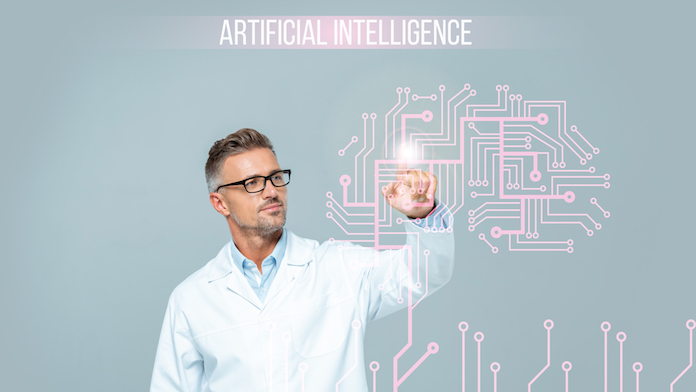Artificial intelligence and assisted fertilization. The new possibilities that in the future could help many couples to become parents were discussed during the 10th IVIRMA International Congress on Reproductive Medicine of Málaga. We talked about it with Daniel Gallianosurgeon, specialized in Gynecology, Obstetrics and Reproductive Medicine and Head of the PMA Center of IVI Rome.
In this article
How can artificial intelligence help embryos?
The advancement of artificial intelligence can prove useful in a variety of ways. It can help us study how the embryo behaves from the devitrification stage to the transfer, through an algorithm that takes into account time and its expansion capacity. This therefore makes it possible to identify the embryos that have a greater probability of implantation.
Inside laboratories, the use of artificial intelligence can be very relevant. It allows even very complex analyzes to be carried out by automating the process of taking the sample to be used. In addition, it minimizes the risks associated with possible damage from manipulation. Finally, it helps in the decision-making process of the best embryo to implant.
How soon can this system be used in clinical practice?
In IVI clinics technologies based on artificial intelligence have been using for about a yearwith the aim of being able to extend automation to all laboratory processes.
How is it possible to create embryos without using eggs and sperms?
Currently this supposition is not a reality. This is the concept behind the research of the study of tissues and organs that can be used in the future in human transplants. Through the simulation of an electronically controlled uterus, the development of models of synthetic embryos complete with organs originating exclusively from stem cells kept in culture has been observed, thus eliminating the need to originate from a fertilized egg.
How useful can this procedure be in organ transplants?
Very, very much. Studying how stem cells form various organs in the developing embryo could lead to the possibility that tissues and organs could be grown using synthetic embryonic models. Understanding how stem cells learn what to do and how they self-assemble into organs is one of the next challenges in the reproductive field, also allowing us to understand and anticipate possible defects in the implantation of human embryos.

